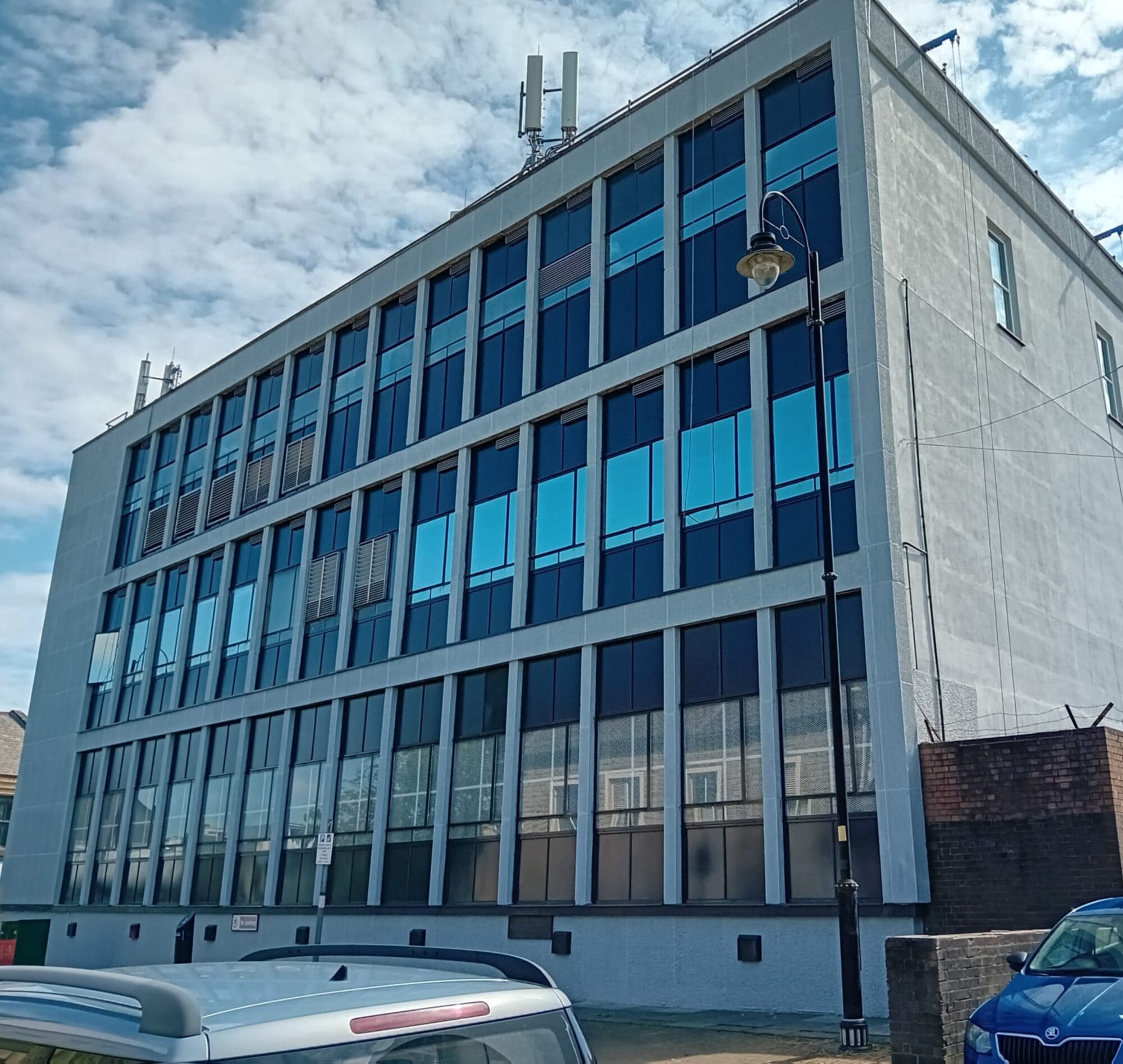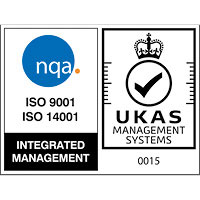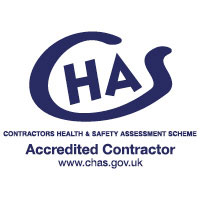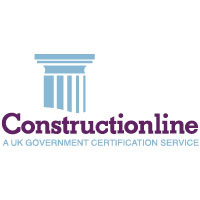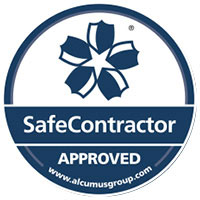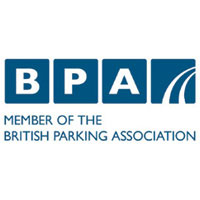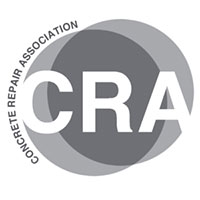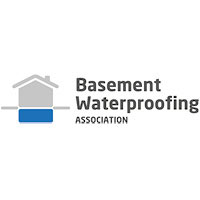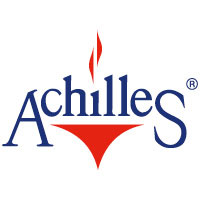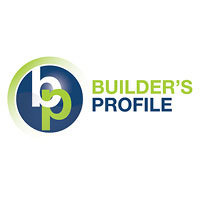Repair & Protection
Cemplas concrete repairs extend the life of buildings and car parks. Surveyors identify the cause of decay with hammer testing, visual survey, carbonation test, and chloride test and cover meter test (this records the depth of steel reinforcement below concrete and provides a “low cover” warning). Typical concrete problems are caused by low cover to the reinforcement, carbonation of the concrete and/or high chloride levels.
Cemplas solutions include the reinstatement of defective concrete and the application of protective Anti-Carbonation coatings which slows the loss of alkalinity to the concrete. Some coatings can regenerate the concrete and stop decay. Knowledge is important to concrete repairs and Cemplas can make recommendations that reduce costs. An accurate survey will establish the true cost of repairs at the outset thus avoiding the possibility of cost implications during the contract period. Cemplas also provides remedial treatment for new buildings. These relate to problems usually caused by a building mistake during construction. Concrete Repair is not a standard process as the quantity of work required and the nature of that work may vary greatly.
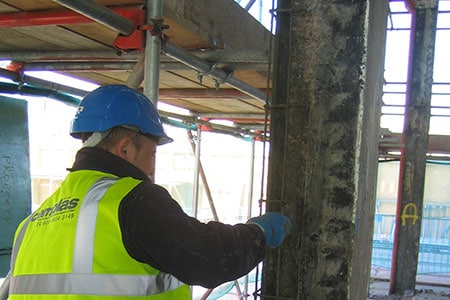

Each individual contract must be given continuing consideration, taking into account special factors, such as access, protection and co-ordination with other trades. The methods available for repairing concrete may be divided into the following groups:
- Hand applied mortars
Sprayed concrete and mortar
Re-casting with concrete
Flowable grouts and concrete
Electro-chemical processes
Corrosion inhibitors
Filling and injection of cracks
Sacrificial anodes
The specification should be detailed and cover all aspects of the work including progressive investigation and testing, surface cleaning, preparatory work, and the precise nature and sequence of the repair operation. It should specify the repair methods and materials, and any additional aspects such as weather precautions, material thicknesses and consumption, and curing procedures.

